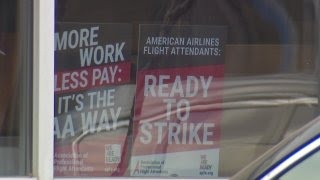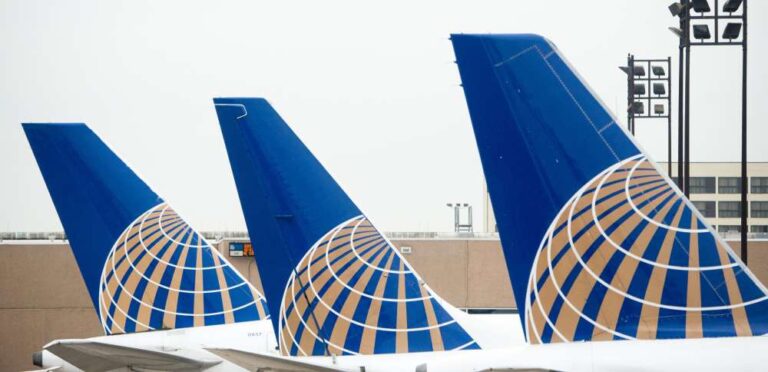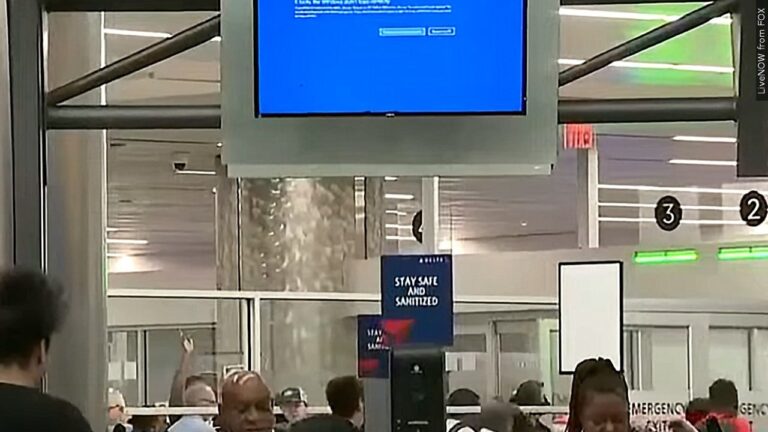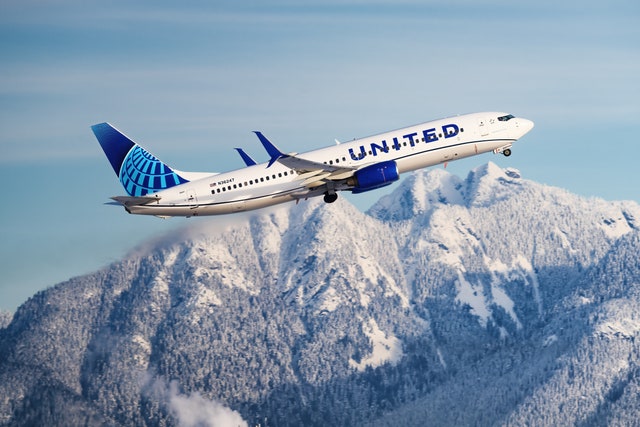American Airlines reaches tentative labor deal with flight attendants union
There’s a tentative agreement between American Airlines and its flight attendants.
The contract with the workgroup follows nearly five years of negotiations over scheduling and pay and, according to the Association of Professional Flight Attendants, comes just days before talks were about to break off.
Streaming 24/7: Watch NBC 5 local news and weather for free wherever you are
“Our latest contract negotiations have resulted in significant benefits for our flight attendants. After years of bargaining and with the assistance of the National Mediation Board, we have reached a long overdue agreement with American Airlines, which addresses our concerns in compensation, work rules, and retroactive pay,” said APFA National President Julie Hedrick. “If approved, this agreement will put billions of additional dollars into compensation and work rules for our flight attendant workgroup.”
Flight attendants for the Fort Worth-based airline haven’t seen an increase in pay since January 2019.
Get DFW local news, weather forecasts and entertainment stories to your inbox. Sign up for NBC DFW newsletters.
The next step for the union is to present the deal to the APFA’s board of directors and executive committee for review. The union’s 28,000 members will vote on the deal after their approval.
United Airlines Embarks on Historic Fleet Overhaul and Cabin Upgrade
United Airlines Holdings Inc. has embarked on a monumental journey to revolutionize its fleet and upgrade its aircraft cabins, aiming to attract more travelers willing to pay for enhanced comfort and luxury. This ambitious initiative marks the biggest jetliner order in the company’s history, involving the acquisition of 200 Boeing Co. 737 Max jets and 70 Airbus SE A321neo planes. The deal, valued at approximately $15 billion according to estimates by aircraft appraiser Ascend by Cirium, is set to significantly bolster United’s competitive edge in the aviation industry.
The new planes will not only modernize United’s fleet but also come equipped with revamped cabins designed to elevate the passenger experience. These upgrades include seat-back screens and larger overhead bins, addressing common traveler complaints and enhancing overall comfort. United’s strategic move signals its intention to intensify competition with Delta Air Lines Inc. and American Airlines Group Inc., particularly in the premium-seat segment. This market is crucial, as premium-seat customers, who seek more creature comforts, typically generate a disproportionate share of industry profits.
A Strategic Shift Towards Premium Travel
United’s decision to invest heavily in upgrading its fleet and cabins is driven by a strategic shift towards catering to premium travelers. These customers, often business travelers, demand higher levels of comfort and service, and are willing to pay a premium for it. By enhancing the in-flight experience with modern amenities such as seat-back screens and more spacious overhead bins, United aims to differentiate itself from competitors and attract a larger share of this lucrative market.
The new aircraft, with their updated cabins, will help United compete more effectively with Delta and American Airlines, both of which have also been investing in their premium offerings. United’s focus on premium travel is timely, as the airline industry anticipates a rebound in corporate demand. Although business travel has not yet returned to pre-pandemic levels, United is positioning itself to capture this demand as it gradually recovers.
Fleet Modernization: A Necessary Evolution
Modernizing the fleet is a crucial component of United’s strategy. The airline’s current fleet includes a number of older aircraft, which are less fuel-efficient and more expensive to maintain. By replacing these with newer, more efficient models like the Boeing 737 Max and Airbus A321neo, United can reduce operational costs and improve reliability.
The Boeing 737 Max and Airbus A321neo are known for their fuel efficiency and longer range compared to older models. This means United can operate more direct flights, reducing the need for stopovers and making travel more convenient for passengers. The new aircraft also have lower carbon emissions, aligning with United’s sustainability goals and appealing to environmentally conscious travelers.
Enhancing the Passenger Experience
The cabin upgrades are a key part of United’s strategy to improve the passenger experience. Seat-back screens, for example, offer passengers a more personalized and enjoyable in-flight entertainment experience. Larger overhead bins address one of the most common complaints among travelers: the lack of space for carry-on luggage.
In addition to these upgrades, United is likely to invest in other amenities and services to enhance the overall travel experience. This could include improved in-flight Wi-Fi, more comfortable seating, and better food and beverage options. By focusing on the details that matter most to passengers, United aims to create a more pleasant and memorable travel experience.
A Bold Move Amidst Industry Challenges
United’s historic fleet overhaul and cabin upgrade come at a time when the airline industry is facing significant challenges. The COVID-19 pandemic severely impacted air travel, leading to unprecedented declines in passenger numbers and revenues. Although the industry is gradually recovering, the pace of recovery has been uneven, with corporate travel still lagging behind leisure travel.
Despite these challenges, United’s bold move reflects confidence in the long-term prospects of the aviation industry. By investing in its fleet and cabins now, United is positioning itself to emerge stronger from the pandemic and capture a larger share of the market as demand recovers.
Financial Implications and Strategic Benefits
The $15 billion investment in new aircraft is a significant financial commitment for United. However, the long-term benefits are expected to outweigh the costs. The newer, more efficient aircraft will help United reduce fuel and maintenance costs, while the enhanced passenger experience will attract more travelers and generate higher revenues.
Moreover, by modernizing its fleet, United can reduce its reliance on smaller regional jets, which are less efficient and often less comfortable for passengers. This shift towards larger, more efficient aircraft will improve operational efficiency and allow United to offer a more consistent and high-quality travel experience.
Looking Ahead: United’s Vision for the Future
United’s historic fleet overhaul and cabin upgrade represent a significant step forward for the airline. By investing in new aircraft and enhanced passenger amenities, United is positioning itself to compete more effectively with other major carriers and capture a larger share of the premium travel market.
Looking ahead, United’s focus on fleet modernization and passenger experience will be key to its success. As the airline industry continues to recover from the pandemic, airlines that can offer a superior travel experience and operate more efficiently will be best positioned to thrive. United’s bold move reflects its commitment to being one of these leading airlines.
United Airlines Holdings Inc. is making a historic investment in its future with the largest jetliner order in the company’s history and an ambitious cabin upgrade plan. By acquiring 200 Boeing 737 Max jets and 70 Airbus A321neo planes, and revamping its aircraft cabins with modern amenities, United aims to attract more premium travelers and enhance its competitive position. This strategic shift towards premium travel, coupled with fleet modernization, will help United reduce costs, improve operational efficiency, and offer a superior travel experience. Despite the challenges facing the airline industry, United’s bold move demonstrates its confidence in the future and its commitment to providing a world-class travel experience for its passengers.






